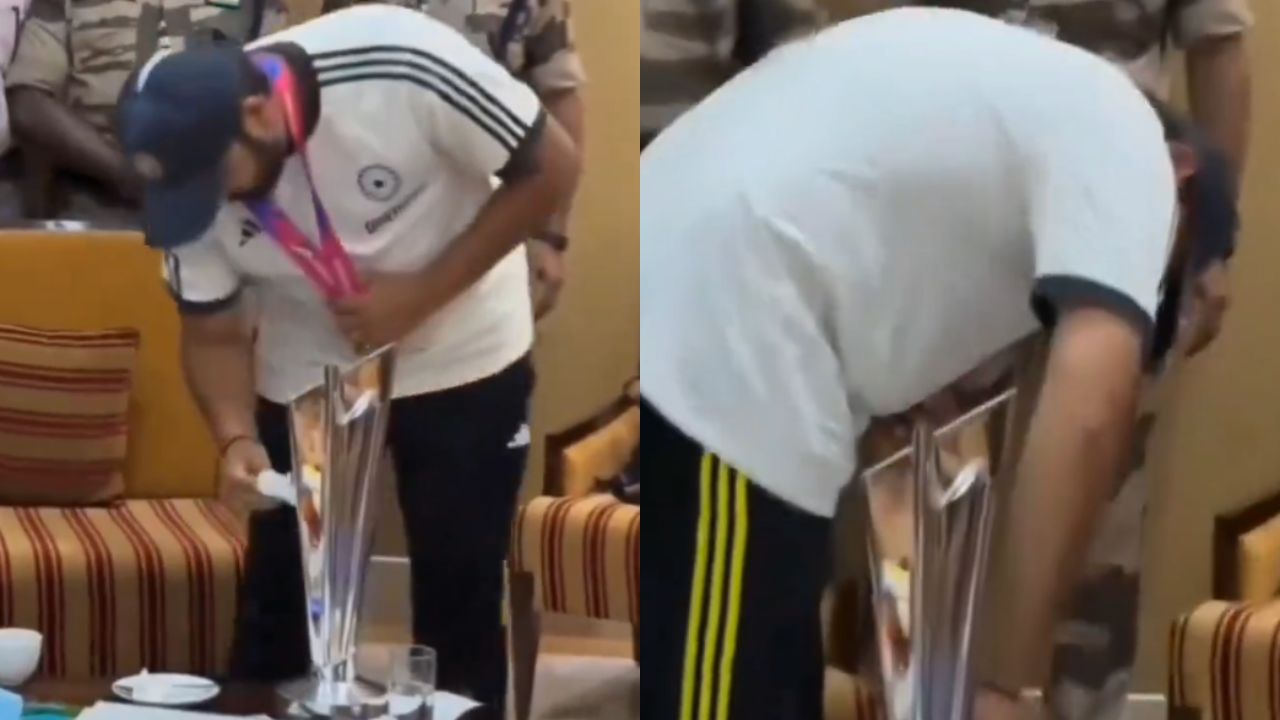VAR is at some grounds but not others in the FA Cup, where having VAR at Anfield did Wolves no good whatsoever. It’s all a bit ridiculous.
It’s the third round of the FA Cup weekend, a time to utter the immortal lines…”people say the magic of the FA Cup is dead, but…” And the media pretends it’s like the old days, but everyone who remembers the old days knows it’s nothing like the old days. Even so, there are still moments when the old magic returns, like a long-lost and much-loved old friend and we cling to those the way someone drowning clings to a piece of driftwood.
However, it is hard to be romantic about the cup when money so often strips romance naked and leaves it freezing by the roadside en route to Greedy Town. Win your third round game and you stand to pocket a whopping £105,000, which will pay David de Gea’s wages for about two days. Stay in the Premier League and that’s £100 – £160 million in your sky rocket. Enough to hire a plane to fly your players the 135 miles from Nottingham to Blackpool and back. The noise the Premier League cash makes drowns out the screams of a dying planet, obviously.
But planetary obliteration aside, a much more important thing occurred across the FA Cup weekend.
Nine FA Cup games were governed by VAR and 23 were not. Only matches played at Premier League grounds had VAR because the FA is not licensed to use VAR across all the fixtures. Yes, you need a licence. I imagine it looks like one of those swimming certificates printed on pink card that you got for doing a length of your local pool. But the FA has not applied to Ifab for a full licence to use the technology. Maybe they were busy. However, it illustrates how Association Football is not one game anymore, but two or, as events at Liverpool showed, possibly three.
Of course a lot of the smaller grounds and clubs don’t have and can’t afford the expense of VAR anyway, which needs four cameras at least. It’s not just some bloke looking at a telly, you know, it’s an advanced high-tech system which, yes, involves a bloke looking at a telly, but a telly which you can draw lines on. That’s what makes it such an infallible judge of transgressions. And that costs money, the sort of money Gillingham for example will never have.
West Brom do have VAR installed at the Hawthorns, but the lack of licence to use it in the FA Cup means it wasn’t turned on. However, all games at current Premier League club grounds were allowed to use the high-tech squinting and pointing facility. And all this means that the FA Cup is being officiated in two fundamentally different ways, which is fundamentally unfair.
Liverpool of course do have VAR but not enough cameras to discern whether Matheus Nunes crossed the ball for Toti Gomes’ goal from an offside position. So it turns out that VAR itself is not an equal system from ground to ground. What can’t be seen at Anfield may be seen at the Emirates.
What a mess. For a system that was introduced to combat unfairness, it seems to be making everything more unfair. In theory all games are adhering to the same rules, but in reality in the FA Cup, they’re not.
MAILBOX: Liverpool conspiracy emerges after VAR cheats Wolves as Alisson f*** up signals end of days
Without VAR, the officials are ruling on what the naked eye can see. There is no way any official can call one of the micro-offside or infringement rulings that VAR specialises in. They go by the time-honoured ‘looks about on’ judgement. The judgement that ultimately was relied upon at Anfield in ruling out Wolves’ third, ironically enough.
But if VAR is present, it rules on things that the naked eye cannot see. Things which only become apparent after checking every camera angle, slowing it down and looking really very hard indeed, sometimes for up to five minutes. This alters everything in those games. A team could win or lose because VAR rules out a goal for a minor offside (which no-one actually gained an advantage from) which would be a perfectly good goal without VAR.
This happened at Hillsborough where Sheffield Wednesday’s first goal against Newcastle would probably have been ruled out as offside because Josh Windass’ toes were ahead of the ball, even though he gained no advantage by this micro infringement. He’d have scored even if they weren’t. But the officials couldn’t possibly have seen that. It looked ‘about on’ and so it was a goal. While in the end both it and Newcastle’s offside goal didn’t affect the final result (if both were ruled out Wednesday would have won 1-0 with that fantastic Windass strike) it served to highlight the difference between games played with and without the (not quite) all-seeing eye.
Last year all games from the quarter-finals were licensed by the FA to use VAR, so they may repeat that trick this season, and in doing so make the situation even more unfair and inconsistent not just between games, but also between rounds. It’ll be quite possible to progress or get knocked out in an earlier round for doing something that will see the opposite judgement in the quarter-final.
And now, after the Liverpool game, we know VAR is also inconsistent even between clubs that have VAR, if one game has seven cameras, another six and another four. Some can see more than others. There’s clearly a blind spot at Liverpool down by the Anfield Road End corner flag. So if you want to do anything illegal, that’s where to do it, lads.
It seems obvious that if everyone in the FA Cup can’t have VAR, absolutely no-one should, but the FA thinks it’s worth having wherever possible, regardless of how much extra unfairness it introduces. This is how VAR has undermined football being played as one sport, played to the same rules by everyone, no matter how big or small.
The FA Cup used to be the great leveller, but not anymore. VAR can add that to its growing list of ways it has made football worse. That’s the real magic of the cup.







